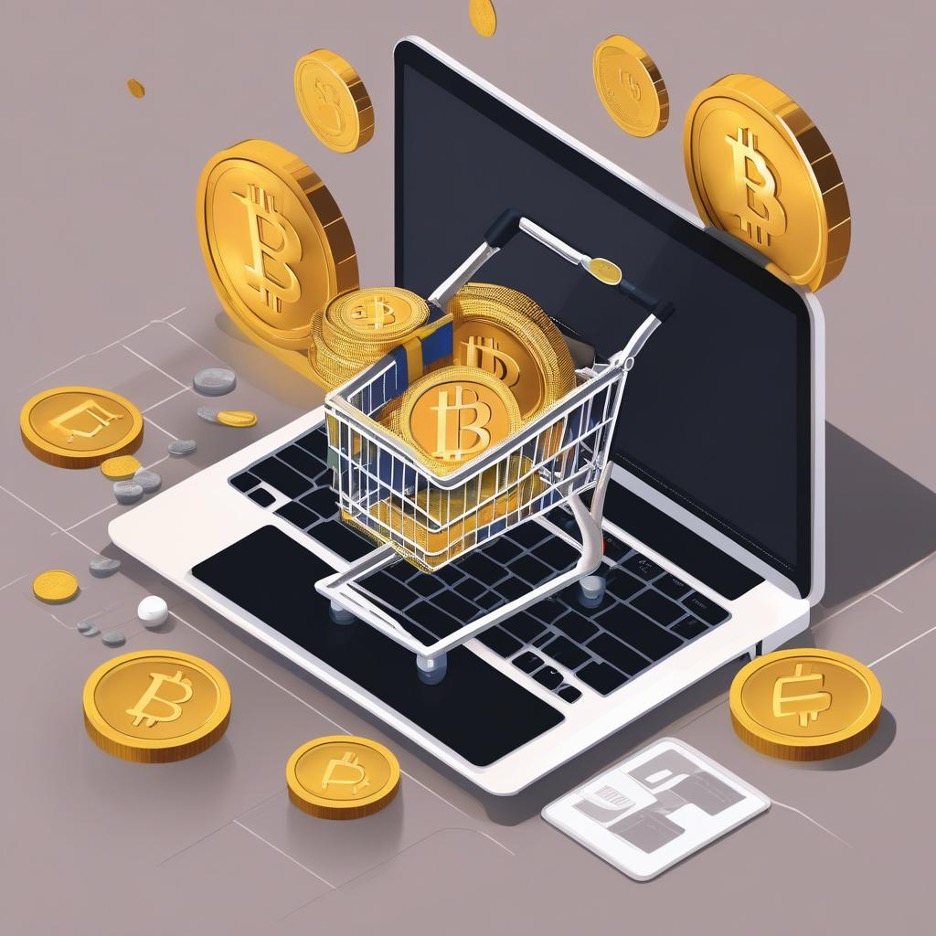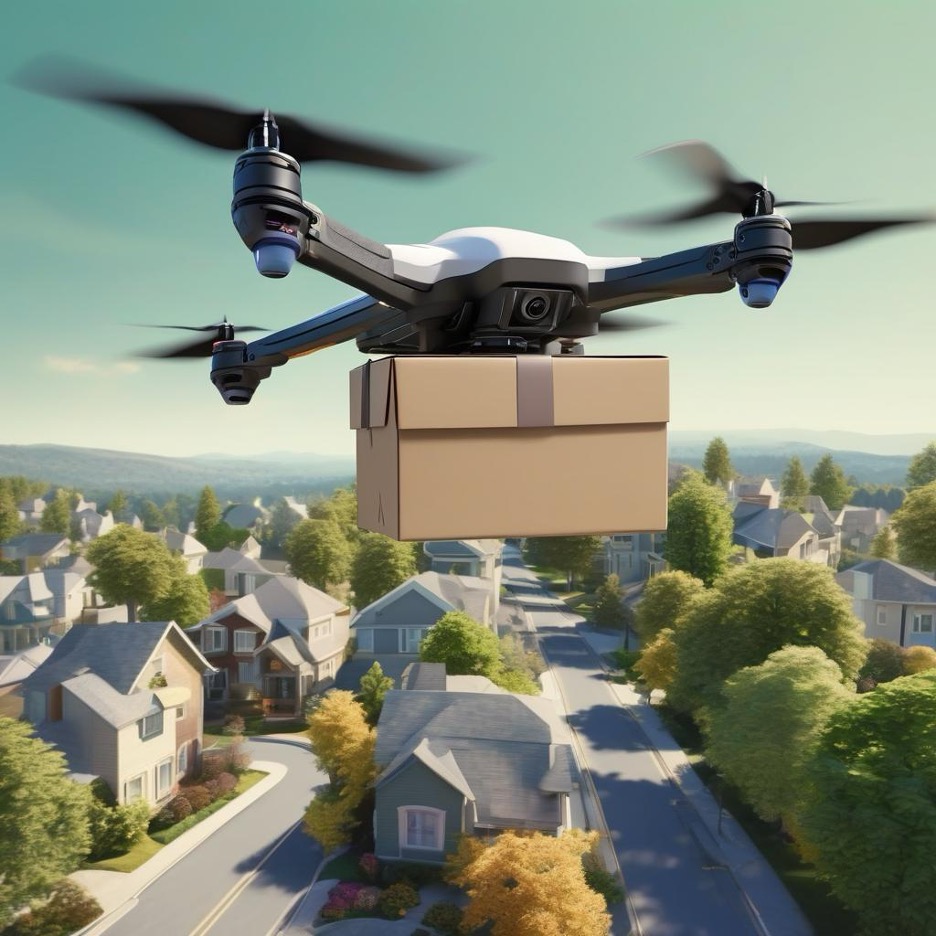Imagine Global eCommerce Without Borders
By: Prasun Sarkar | RIEPL
The global eCommerce sector, valued at approximately USD 7 trillion, appears to be delivering an exceptional shopping experience worldwide. Key global eCommerce players include Rakuten/Ichiba in Japan, Alibaba and JD.com in China, Flipkart and Amazon in India, Zalando and eBay in Europe, and Amazon in the USA. The market has demonstrated a compound annual growth rate (CAGR) of approximately 10-15% over the years, with China, India, and Japan spearheading global eCommerce growth. The U.S. continues to be a major player in the eCommerce space, showcasing strong sales figures, while the European eCommerce market remains robust, particularly in countries like Germany and the UK.
There was a time when a cashless economy was an imagination, 10-minute delivery was impossible, and working from home was not an option. Similarly, today it’s impossible to imagine global eCommerce without borders. It's almost impossible to buy a Qipao from China sitting in London or buy a Saree from India sitting in New York City. Similarly, it's also impossible to order an authentic Japanese Kimono from a seller in Japan because there are plenty of blockers, such as product examination, real-time experience, delivery time, returns, refunds, etc. But the world is changing fast, and AI-enabled global eCommerce is knocking on the door.

Imagine if 10-minute delivery became a reality in India, like how Spar and Hema (also known as Freshippo) in China are revolutionizing the grocery experience by combining shopping with dining. These retailers allow customers to purchase fresh ingredients and have them cooked on-site according to their recipes, enabling them to enjoy hot meals immediately. Likewise, the global eCommerce landscape is poised for transformative changes that will redefine how businesses operate and how consumers shop across borders.
With advancements in technology, shifts in consumer behavior, and the emergence of new markets, the future of global eCommerce appears both promising and complex. As consumer demand for international products continues to rise, the entire industry is compelled to embrace eCommerce without borders.
AI Adoption Growth Impact on Global eCommerce
These days, many aspects of our daily lives begin with an Alexa command, whether it’s playing morning music, reading the news, or processing a credit card bill payment. Unknowingly, we are embracing AI technology in various forms. By 2035, it's anticipated that AI will dominate our daily lives, with its impact already evident in driverless cars, cashless shopping, human-less shopping malls, and contactless payments. The global artificial intelligence market was valued at approximately $136.55 billion in 2022 and is projected to grow at a compound annual growth rate (CAGR) exceeding 40% from 2023 to 2030.
AI-powered augmented reality (AR) and virtual reality (VR) technologies will transform online shopping by providing immersive ways to interact with products. By 2035, consumers will be able to virtually try on clothes, visualize how furniture looks in their homes, and explore virtual showrooms located anywhere in the world. Shoppers will rely on AI for product reviews and will experience in-store purchases without ever visiting a physical store. They will be able to place orders and receive deliveries within 2-5 days. Currently, the key players in futuristic global eCommerce are:
- Rakuten
- Amazon
- Temu
- Lazada
- Aliexpress
- Shopee
Ecommerce on Metaverse
The AI - Artificial Intelligent, VR - Virtual Reality, AR - Augmented reality & MR - Mixed Reality is the future where Metaverse is going to align with e-commerce in several innovative ways to create immersive experiences that enhance digital shopping.
"When Facebook launched in 2004, it changed the way people connect. Apps like Messenger, Instagram and WhatsApp further empowered billions around the world. Now, Meta is moving beyond 2D screens toward immersive experiences like augmented, virtual and mixed reality to help build the next evolution in social technology." - Meta
So, Metaverse is knocking on the ecommerce door. Metaverse can address the challenges currently faced by the eCommerce industry through immersive AI-backed technology and extraordinary user experiences. Metaverse will empower and enable global merchants or sellers to create 3D models and provide a great experience of their products, where everything will be customer centric. The global buyer will be able to interact with items in a virtual space. This simulation can convey the functionality and features of products more effectively than traditional static images and videos. This means Metaverse enables customers to virtually try on items like clothing and accessories, reducing uncertainty about fit and style, leading to higher satisfaction and lower return rates. So, Metaverse eCommerce may solve the current common eCommerce problems like:
- O2O (Online-to-offline) Gaps: Local businesses will be able to organize social eCommerce events such as virtual shop visits, product experiences, and communication with sellers. They will also be able to organize or participate in virtual fairs, product launches, and interactive workshops, empowering them to promote and sell their products globally.
- Global Engagement & Loyalty: In the future, the whole world will become local without any security concerns, which will increase global engagement with futuristic eCommerce platforms and enhance global customer loyalty towards the platform and sellers.
- Global Marketing & Community Building: Future eCommerce trends indicate that the global market will be accessible to platforms for initiating and executing marketing activities without boundaries.

Virtual Stores: Brands will be creating virtual storefronts on metaverse, which will allow customers to browse products in a 3D environment. Online shoppers will walk through a store, examine products closely, and explore items as they would in a physical shop.
Augmented Reality (AR): Retailers will use AR features in the metaverse to enable customers to visualize how products would look in their homes or on themselves (like clothing or accessories) before purchasing.
Social Shopping: The metaverse will allows for social interactions where friends can shop together in a virtual space, share opinions in real-time, and make purchasing decisions collectively.
Personalized Experiences: Through avatars, brands can tailor shopping experiences based on individual preferences, browsing behavior, and purchase history, creating more personalized interactions.
Virtual Try-Ons: Shoppers will be able to try products virtually. For example, fashion retailers can enable shoppers to see how clothing fits their avatars, enhancing decision-making and reducing return rates.
Influencer Collaborations: Social influencers will utilize metaverse environments for efficient marketing, where virtual influencers will be able to showcase products in immersive settings, driving interest and sales.
Seamless Transactions: Integrating cryptocurrency and blockchain technology within the metaverse can facilitate smoother and more secure e-commerce transactions, allowing for immediate purchasing capabilities.
Virtual Events and Launches: Brands can hold virtual events or product launches that can reach a global audience, creating exclusive experiences that drive excitement and encourage purchases.
Consumer Insights: The metaverse will be able to provide businesses with valuable consumer behavior data based on how users interact with products in virtual spaces, helping refine marketing strategies and inventory management.
Overall, the future ecommerce businesses will be beyond the borders and boundaries is no more an imagination, it is reality.
Digital Currency Driven Ecommerce

Currently, shoppers cannot engage in global commerce without access to local currency, which forces merchants to accept only local payment methods. However, the emergence of futuristic digital payment solutions will unlock new possibilities for the entire ecommerce industry, akin to the magic lamp of Aladdin.
The acceptance of cryptocurrency, digital wallets, and biometric payment systems is rapidly increasing around the globe. As the global economy continues to expand, a diverse array of digital payment methods will likely gain widespread acceptance by the ecommerce players. I believe that by 2035, a significant portion of the worldwide population will adopt various digital currencies and payment methods. This shift will undoubtedly impact the eCommerce industry, due to the enhanced flexibility, security, and convenience.
AI Driven Logistics and Supply Chain

There was a time when shoppers had to rely on couriers or eCommerce platforms to deliver their goods, often without any information on the expected delivery time. For instance, I couldn’t collect my forgotten lunch box until I returned home, which wasted both time and energy. Today, services like Rapido in India can promptly collect and deliver my lunch box. Similarly, drones, autonomous vehicles, and robotics are set to play a crucial role in the future of eCommerce. In the USA, drone and autonomous vehicle deliveries are becoming increasingly common. I believe that in the next ten years, by 2035, AI will revolutionize eCommerce supply chain operations, significantly reducing delivery times and costs on a global scale. This innovation will enhance customer satisfaction and enable futuristic eCommerce and logistics companies to compete effectively in the global marketplace.

Prasun Sarkar | RIEPL
August 13, 2024

